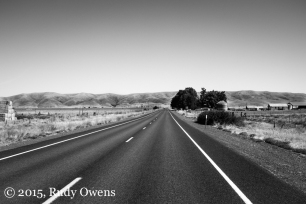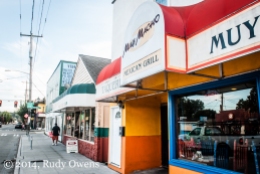
The Bahamas’-flagged Norwegian Jewel sets sail for the pristine waters of Alaska in July 2014.
Alaska cruise ships operate in U.S. and Canadian waters, yet are exempt from U.S. labor laws and most corporate taxes by virtue of being incorporated and flagged in third countries and because of the Jones Act. This obscure maritime law allows cruise line firms to use foreign-built ships and foreign labor, not U.S. ships and U.S. workers, in U.S. waterways because they make a port of call in another country (Canada). These enormous ships’ crews hail from many countries, like Italy and the United Kingdom, and have lower-paid workers below the deck who come from developing nations such as the Philippines, Pakistan, Bangladesh, and India. These employees are not paid equivalent U.S. wages.
However, it is unlikely most of the passengers on these massive ships know who is even running the ship that passes through some of the world’s most beautiful waterways, in British Columba, Washington state, and Alaska. Most of those passengers are having a great time, eating buffets and gambling, shopping, and stopping at small towns like Ketchikan, Skagway, and Sitka. If you want read about how odd these floating feeding frenzies can be, read the late David Foster Wallace’s short story called Shipping Out. Wallace notes, “All of the Megalines offer the same basic product–not a service or a set of services but more like a feeling: a bland relaxation and stimulation, stressless indulgence and frantic tourism, that special mix of servility and condescension that’s market under configurations of the verb ‘to pamper.'”
They also make money for the towns where the dock and the cities that host the ships, like Seattle, so they have many supporters. The corporations that own these ships also fund very sophisticated business advocacy teams that ensure regulations that control their discharges (see EPA fact sheet) do not impact the profitability of their operations in either Canada or the United States. Fights over their discharges, including waster water and air emissions, have been ongoing for years.
I photographed the Norwegian Jewel as it was pulling out of the Port of Seattle, en route to Southeast Alaska, on July 12. Run by Norwegian Cruise Lines of Florida, it was built in Germany, is flagged in the Bahamas, and can hold more than 3,500 passengers and crew members. Information on the country of origin of the crew members is not readily accessible. My guess is most of the people on the deck of this ship could care very little about any of the larger regulatory issues discussed in this summary, and they will have a fun trip while being pampered. (Click on the photography to see a larger picture on a separate picture page.)




























